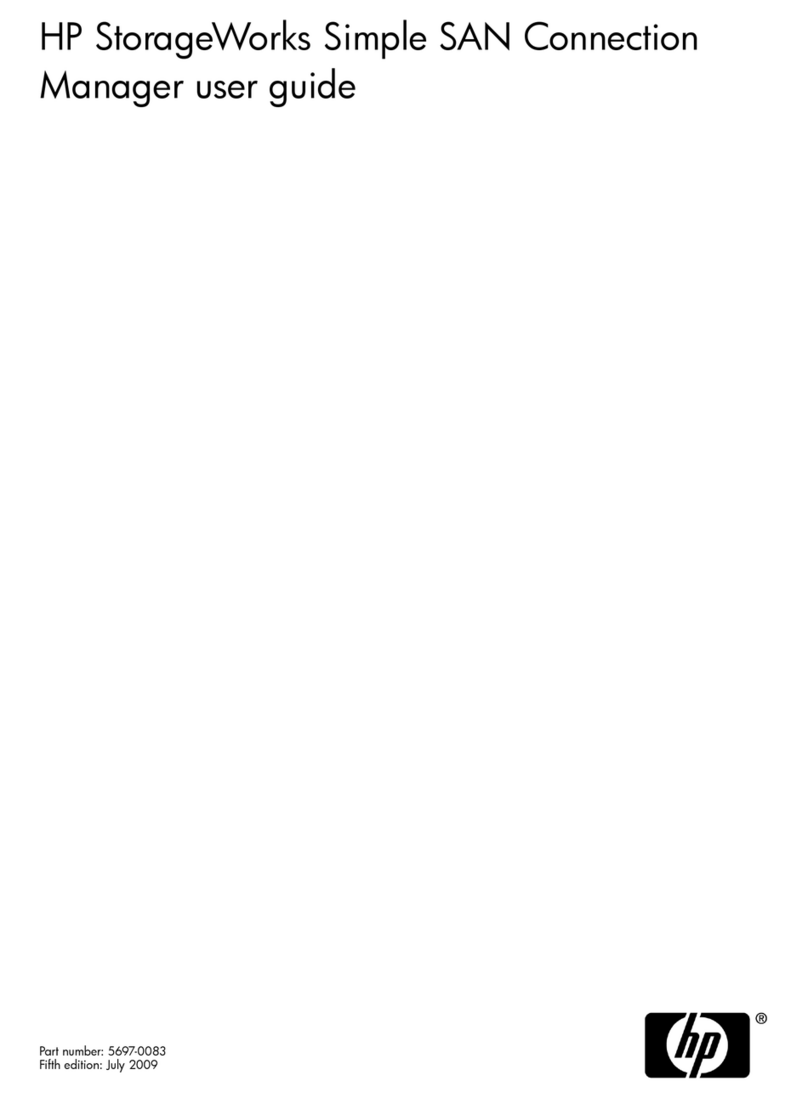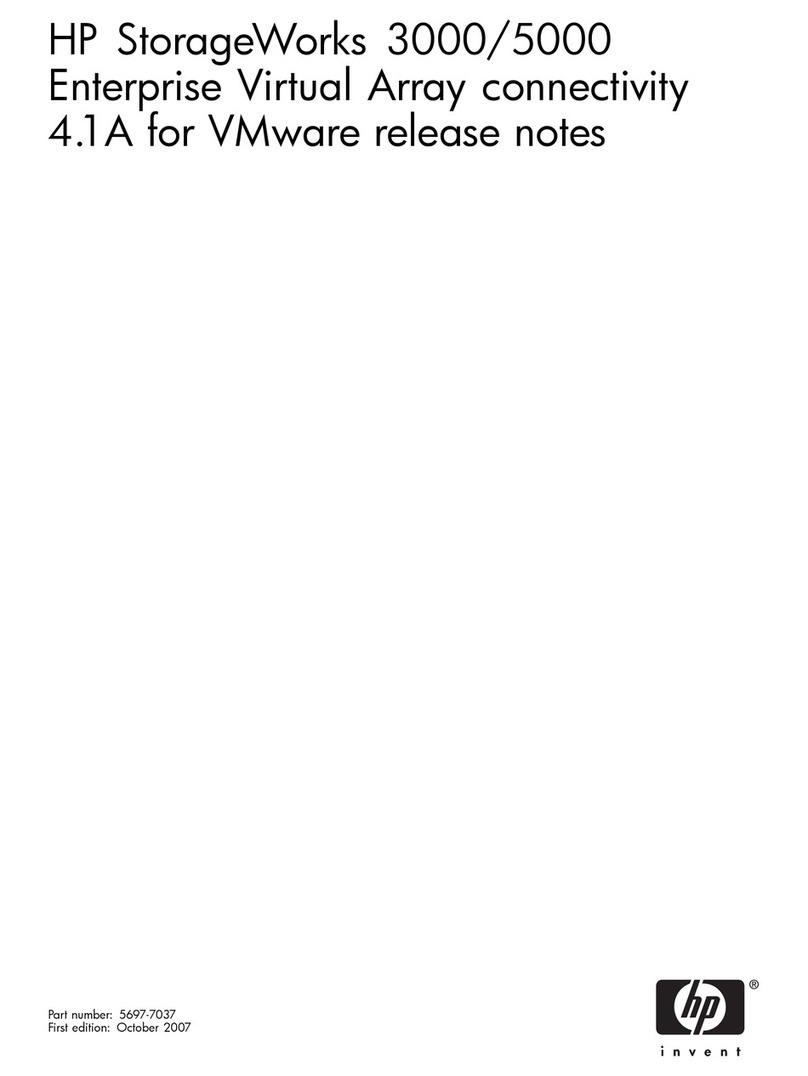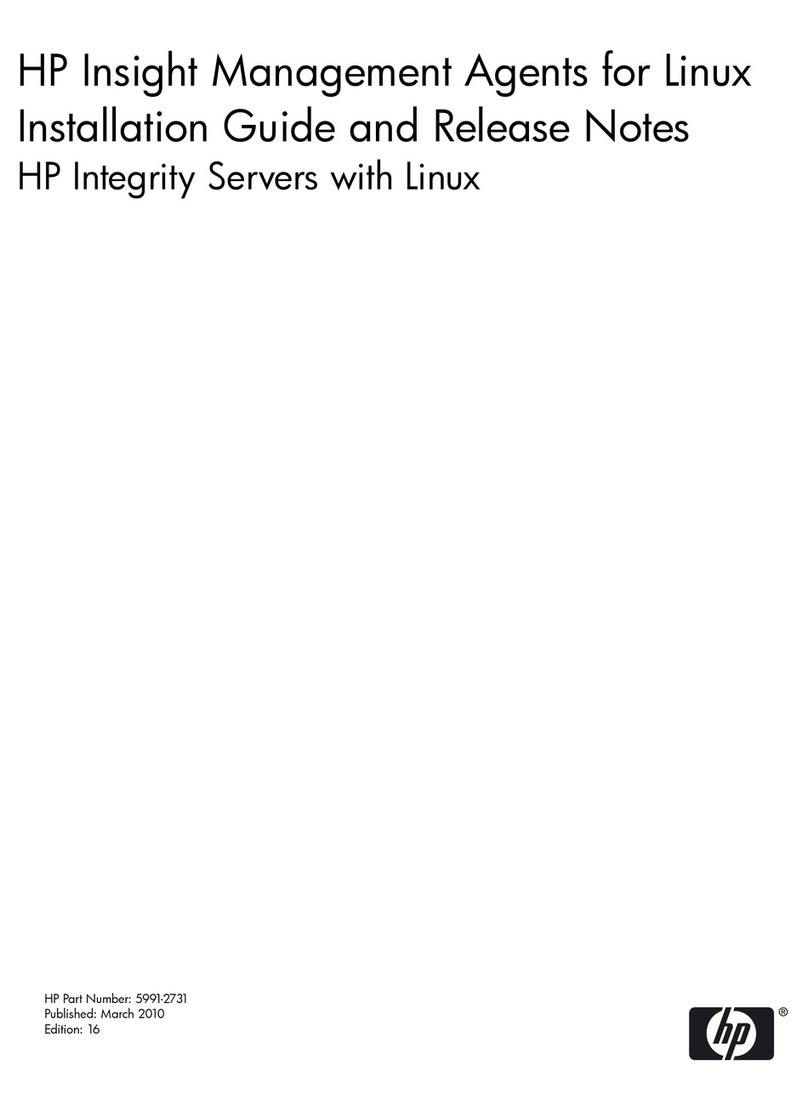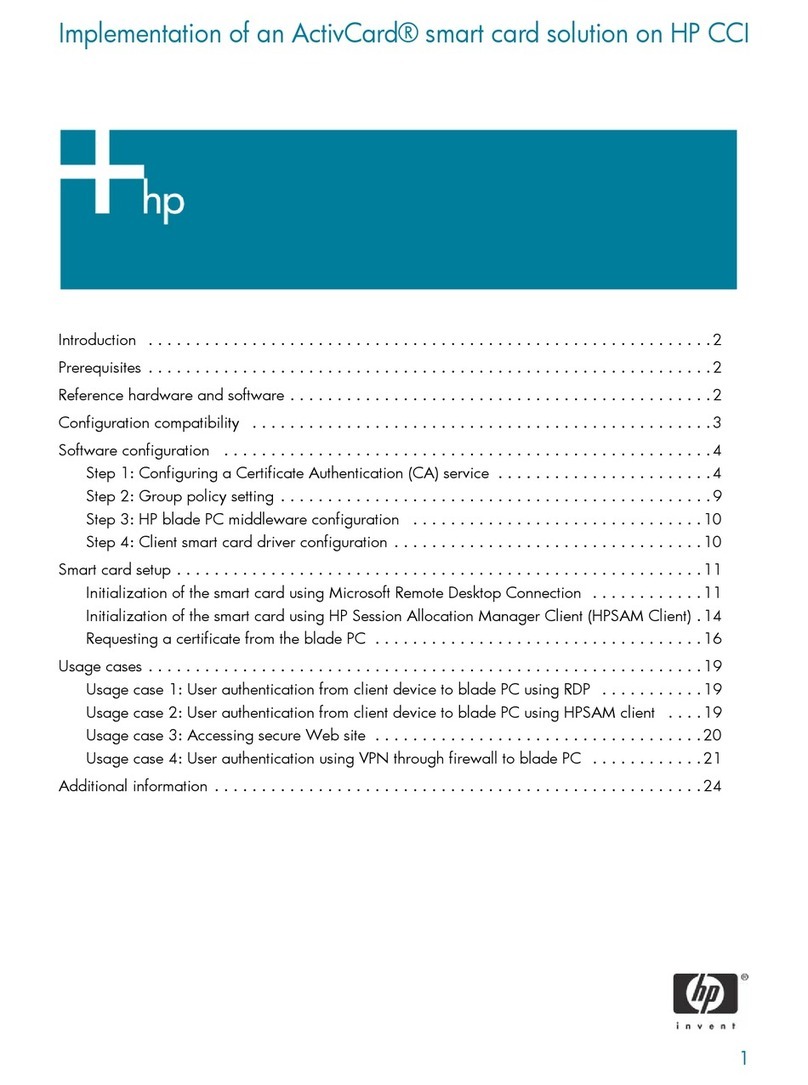HP 413742-001 User manual
Other HP Software manuals
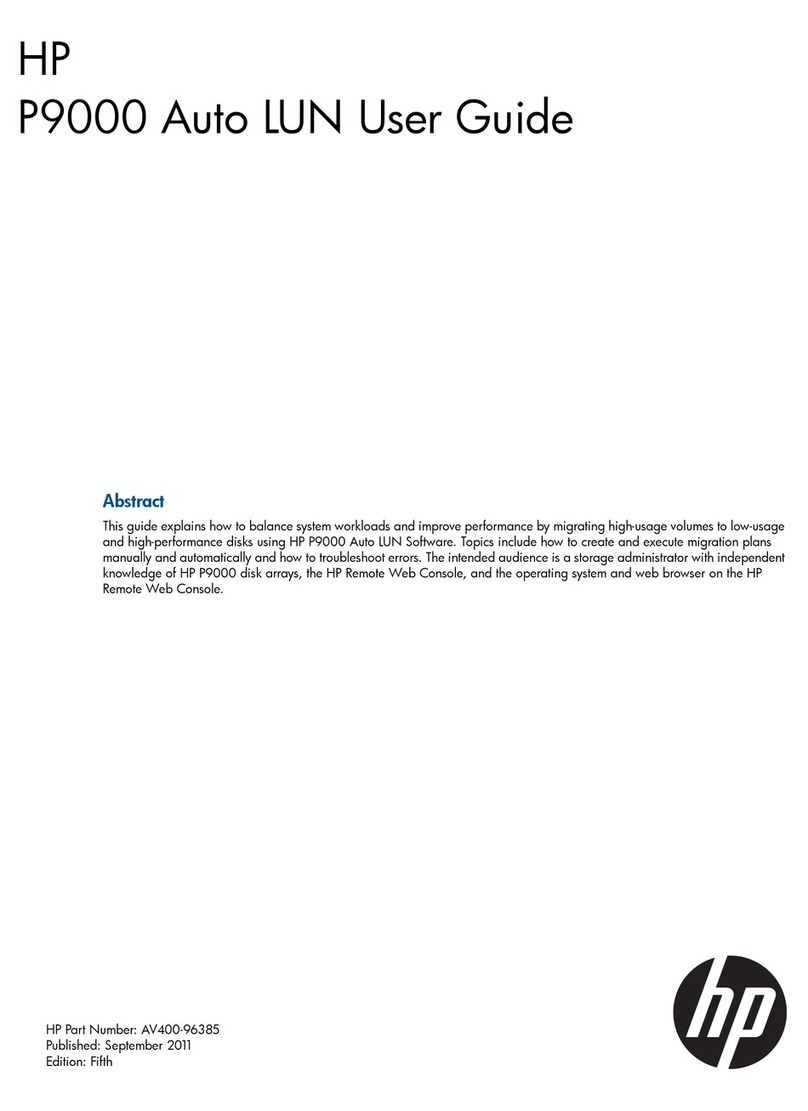
HP
HP HPE XP P9500 User manual
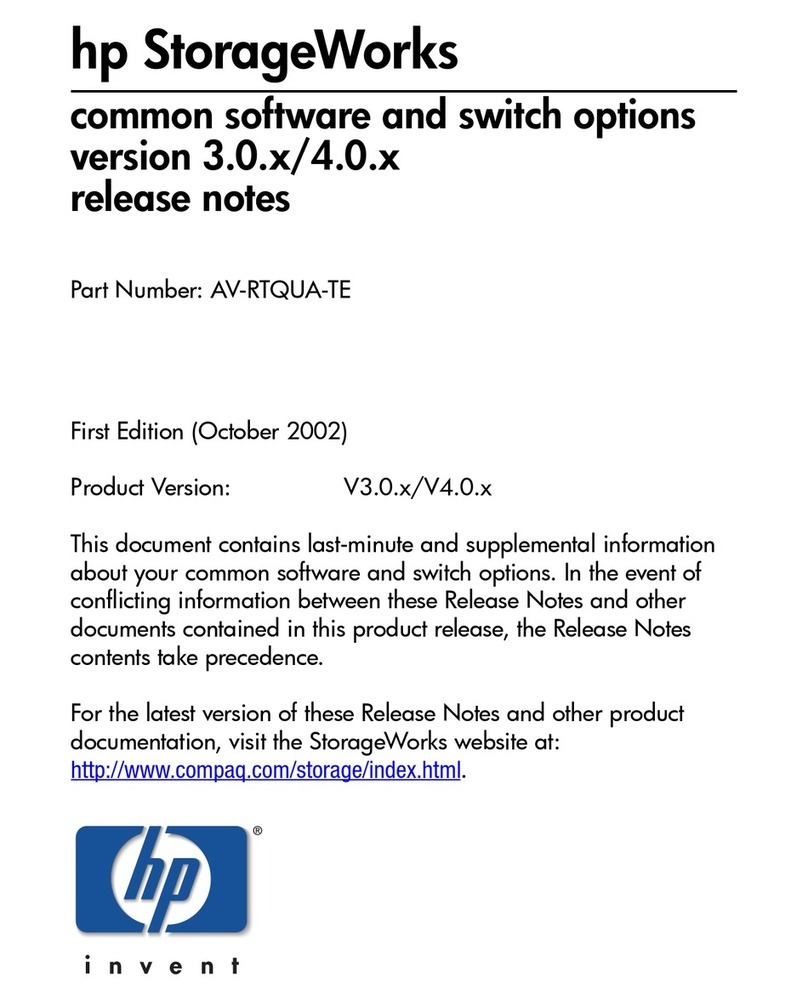
HP
HP StorageWorks 2/32 - SAN Switch Instruction Manual
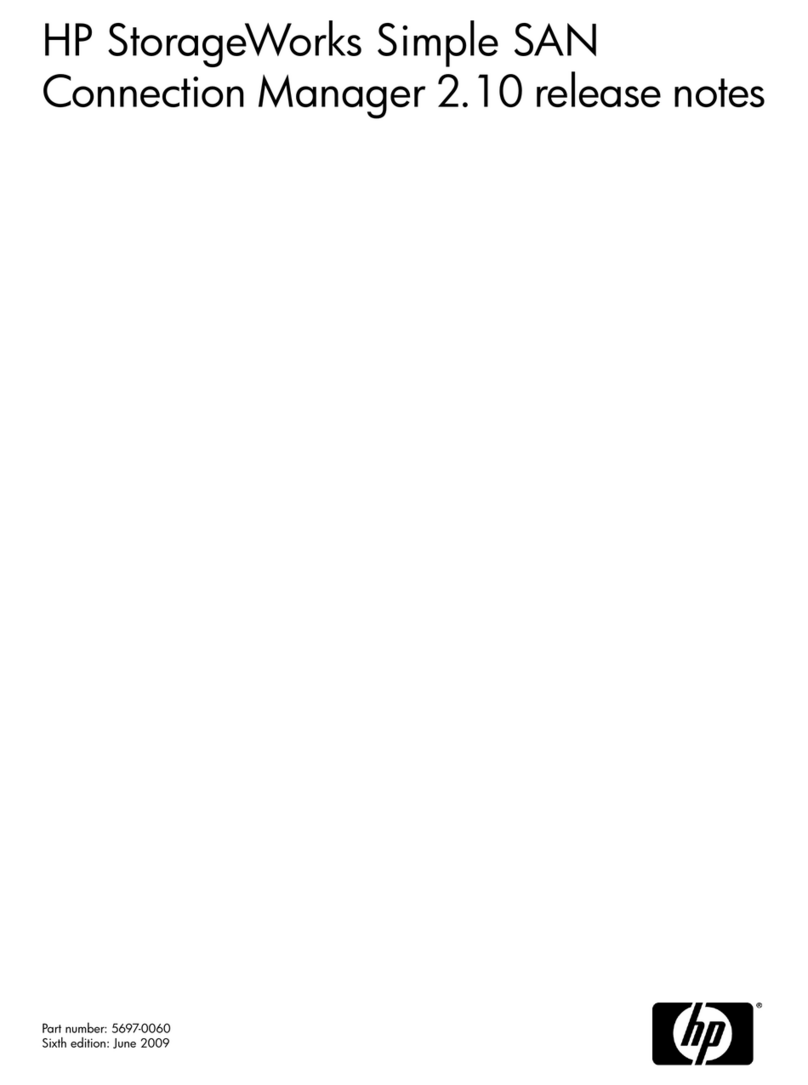
HP
HP 201723-B21 - HP StorageWorks Modular SAN Array 1000 Hard... Instruction Manual
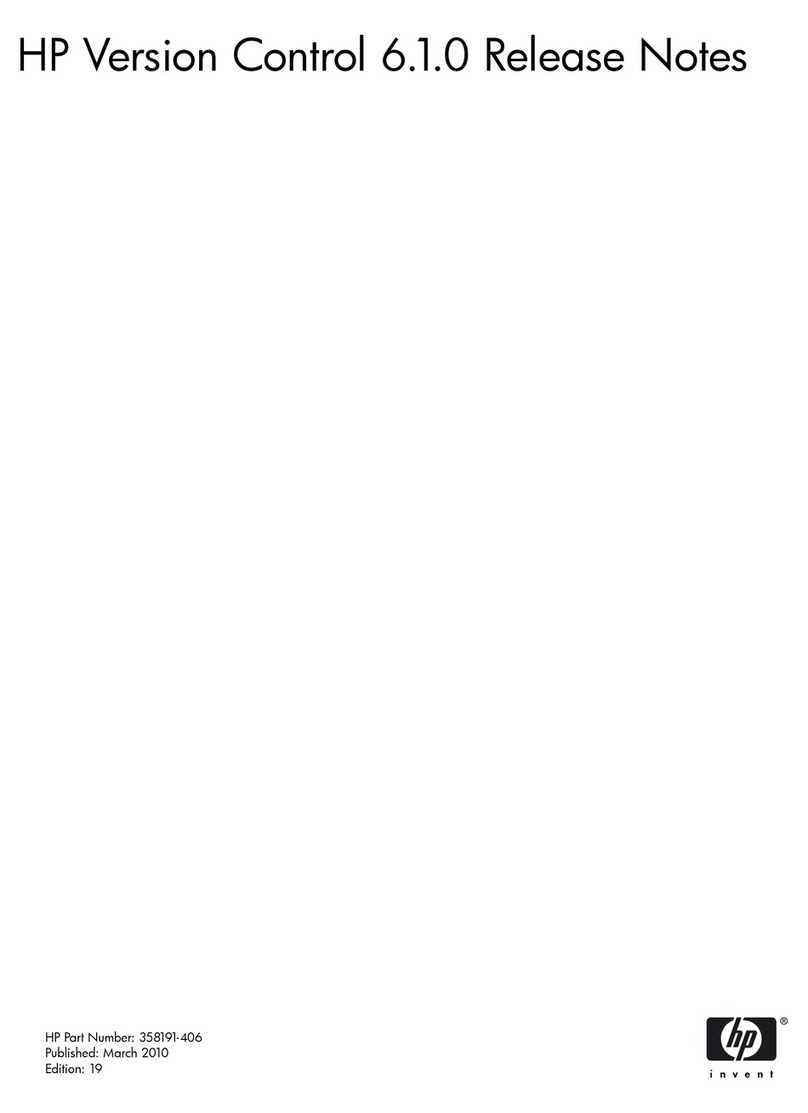
HP
HP Integrity BL890c - i2 Server Instruction Manual

HP
HP Workstation zx6000 How to use
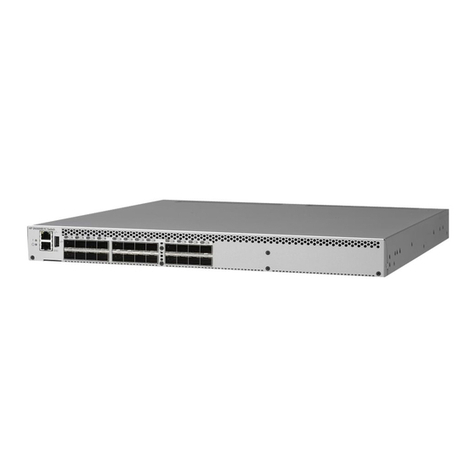
HP
HP SN3000B User manual
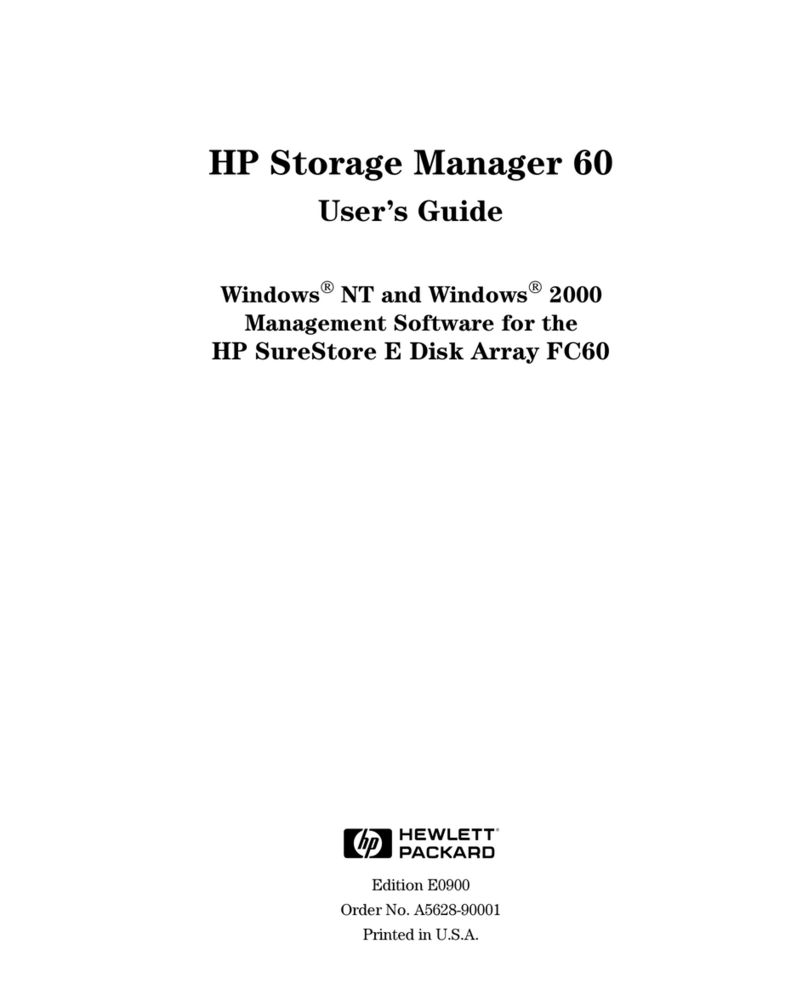
HP
HP Surestore Disk Array 12h - And FC60 User manual
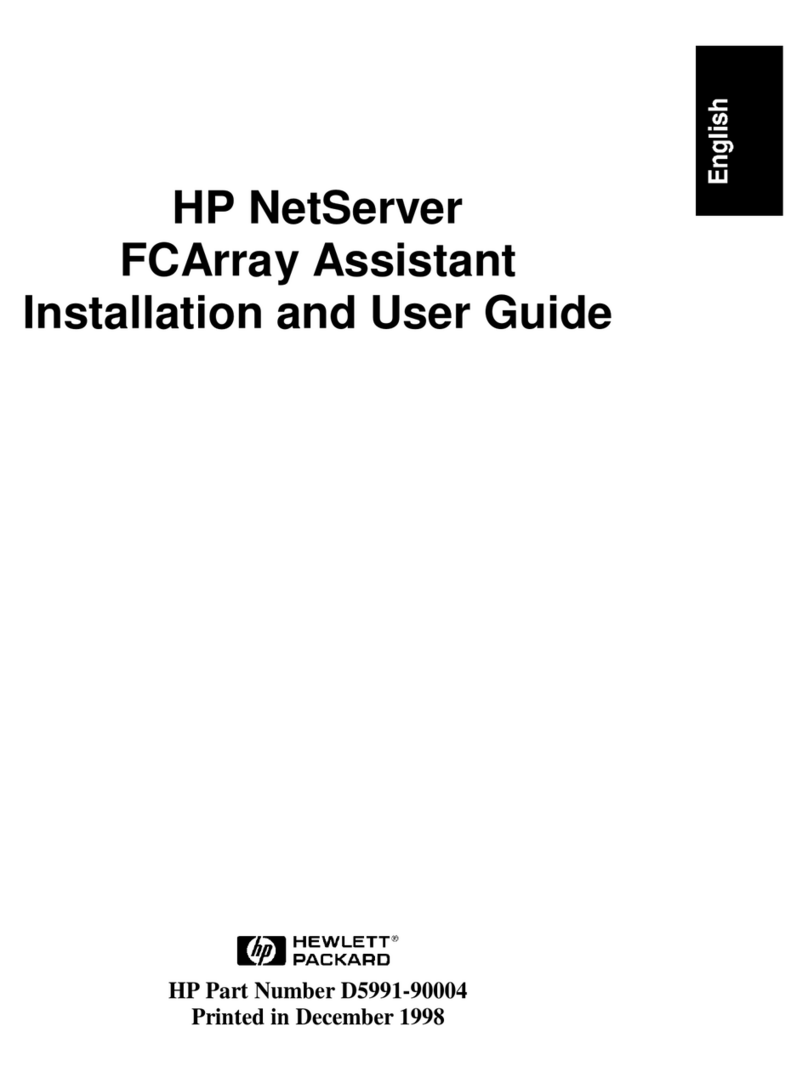
HP
HP D5970A - NetServer - LCII User manual
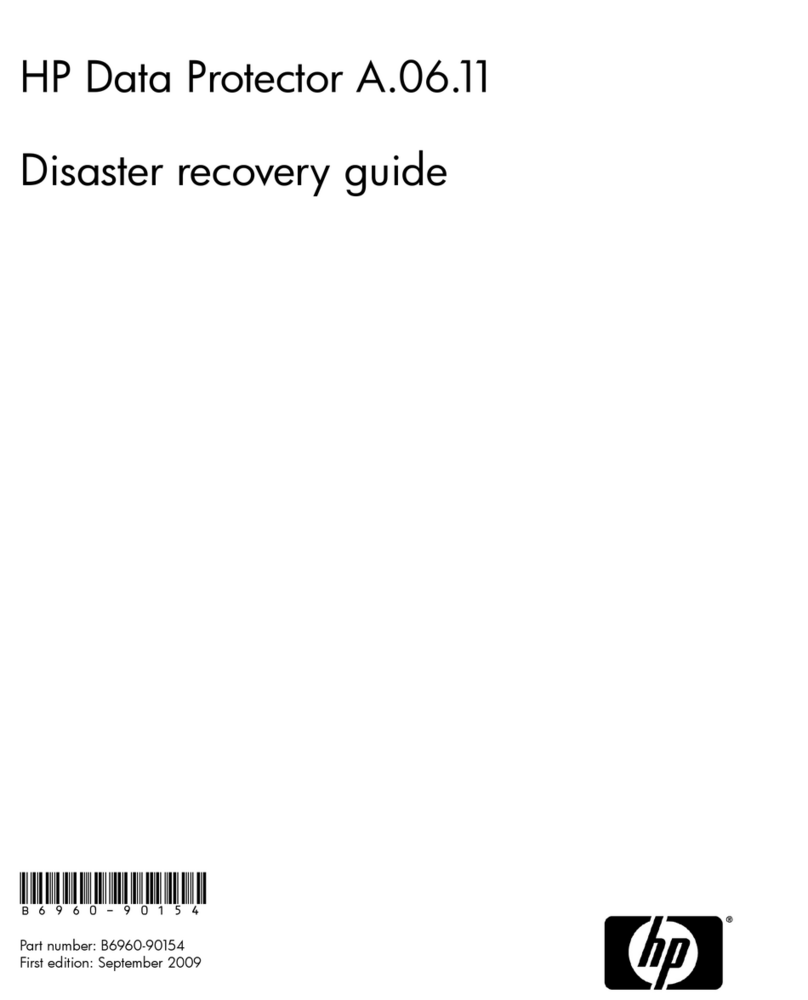
HP
HP Data Protector A.06.11 User manual
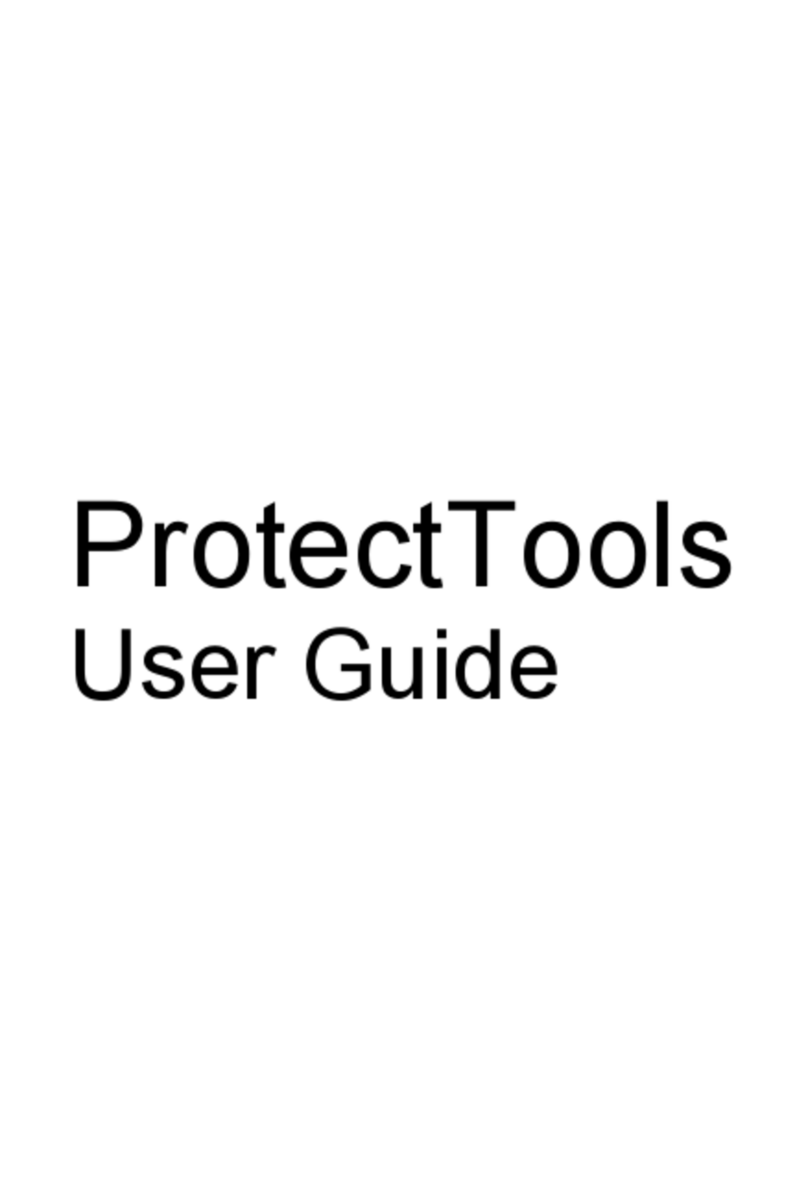
HP
HP dc5750 - Microtower PC User manual

HP
HP StorageWorks 8B - FC Entry Switch User manual
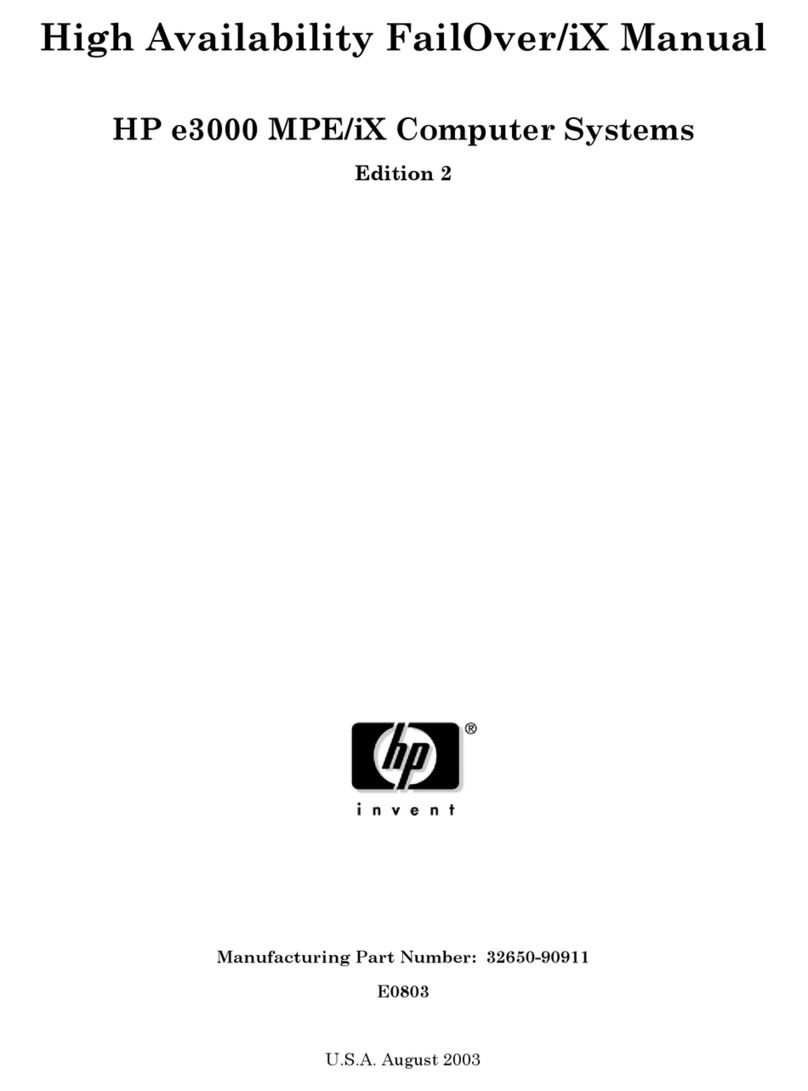
HP
HP e3000 User manual
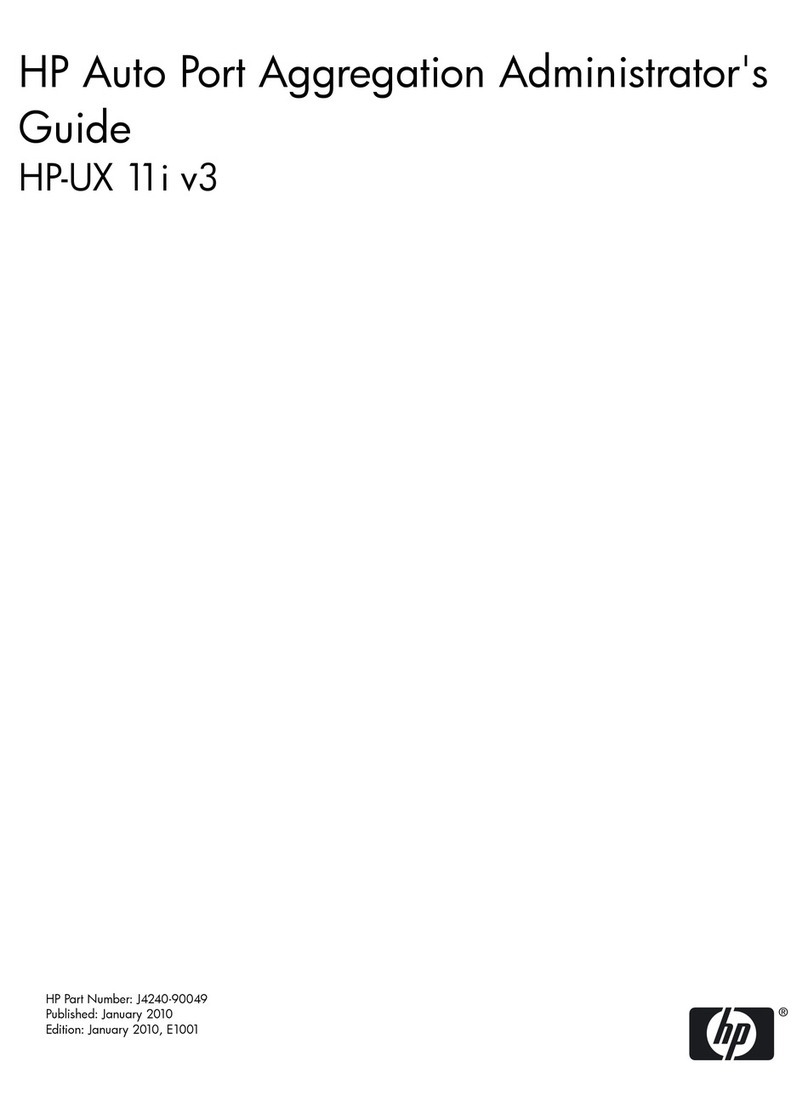
HP
HP HP-UX 11i v3 Service manual
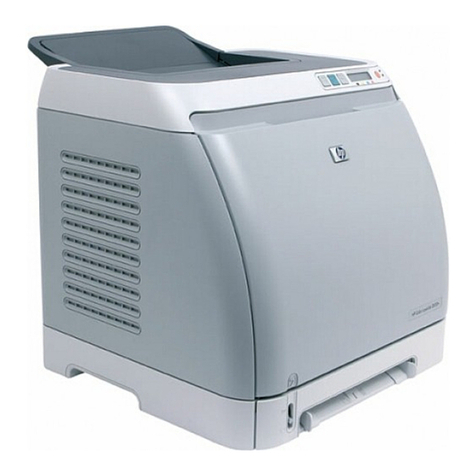
HP
HP HP 2605dn Print Drivers Service manual

HP
HP StorageWorks 4/8 - SAN Switch Instruction Manual
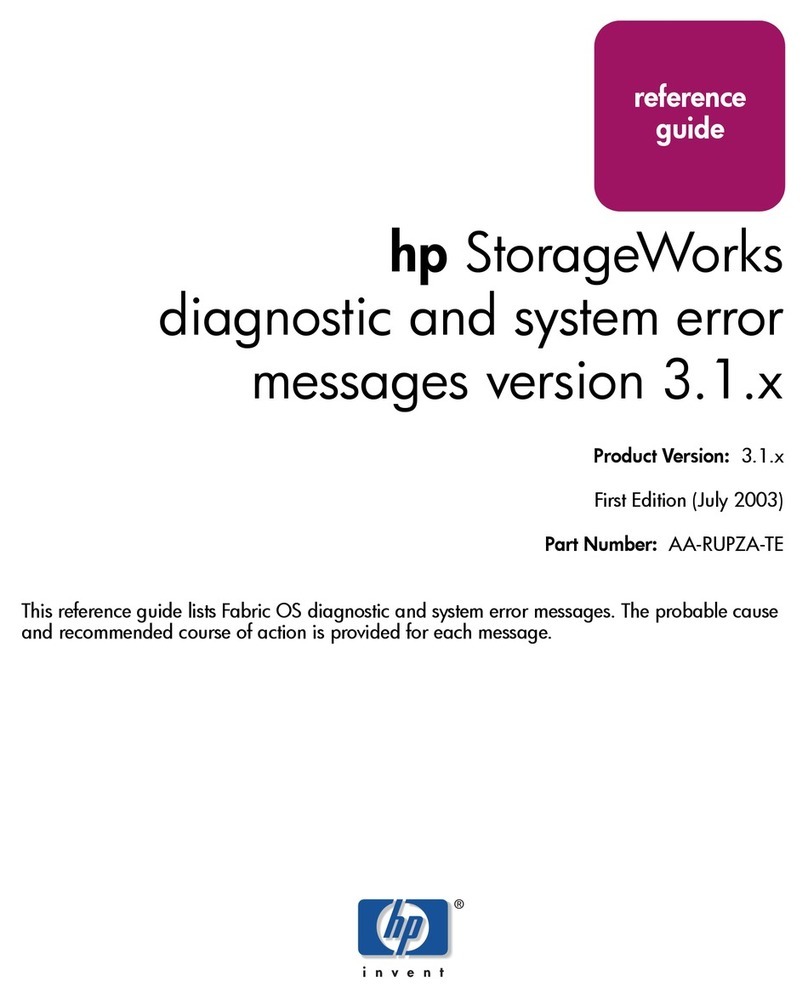
HP
HP StorageWorks 16-EL - SAN Switch User manual
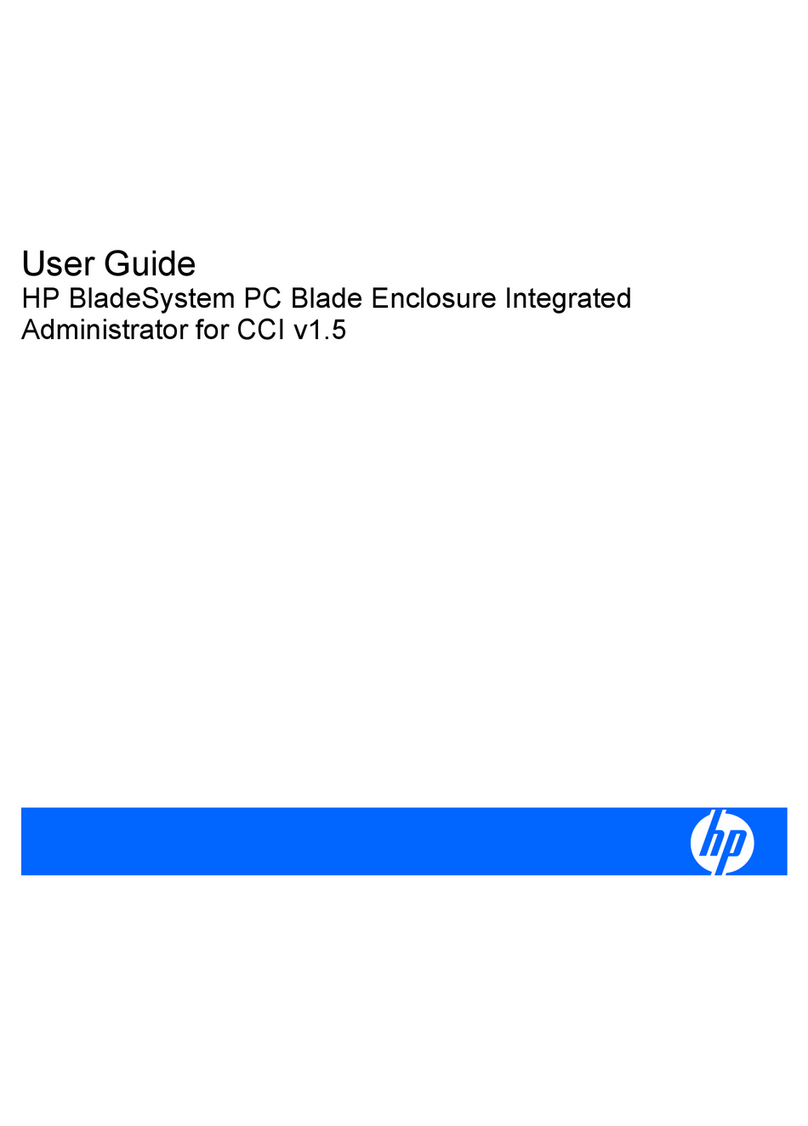
HP
HP BladeSystem bc2000 - Blade PC User manual
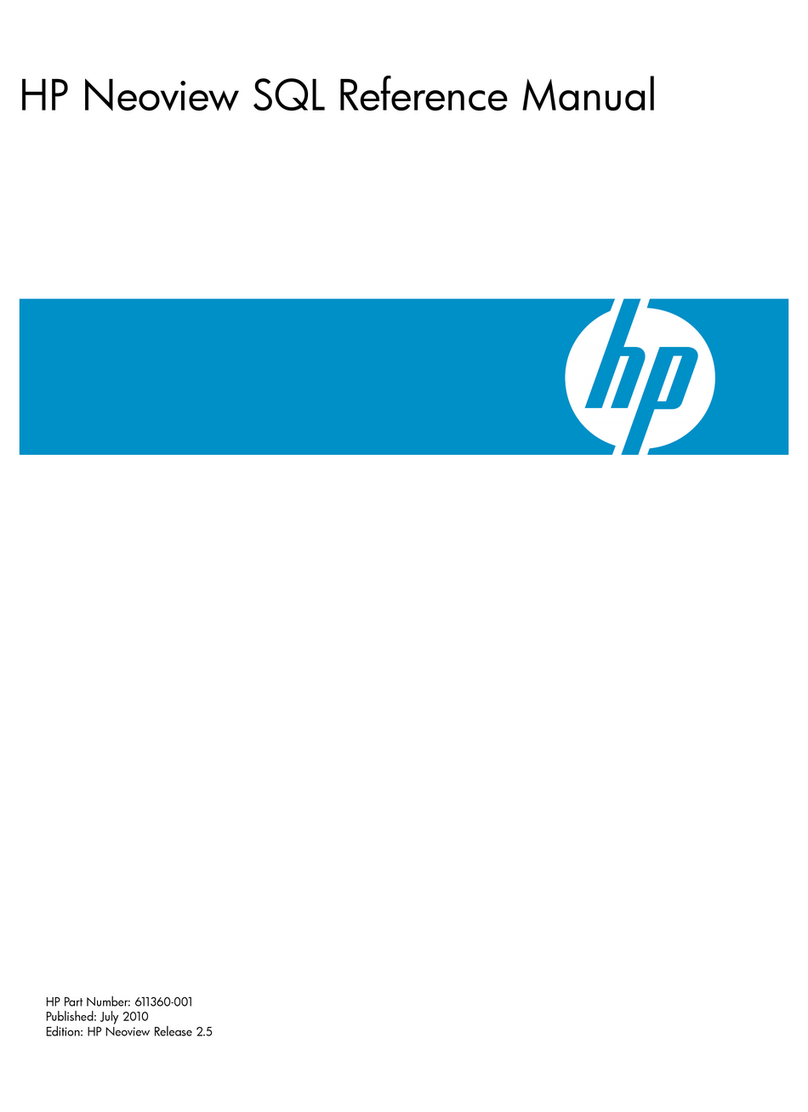
HP
HP Neoview SQL User manual
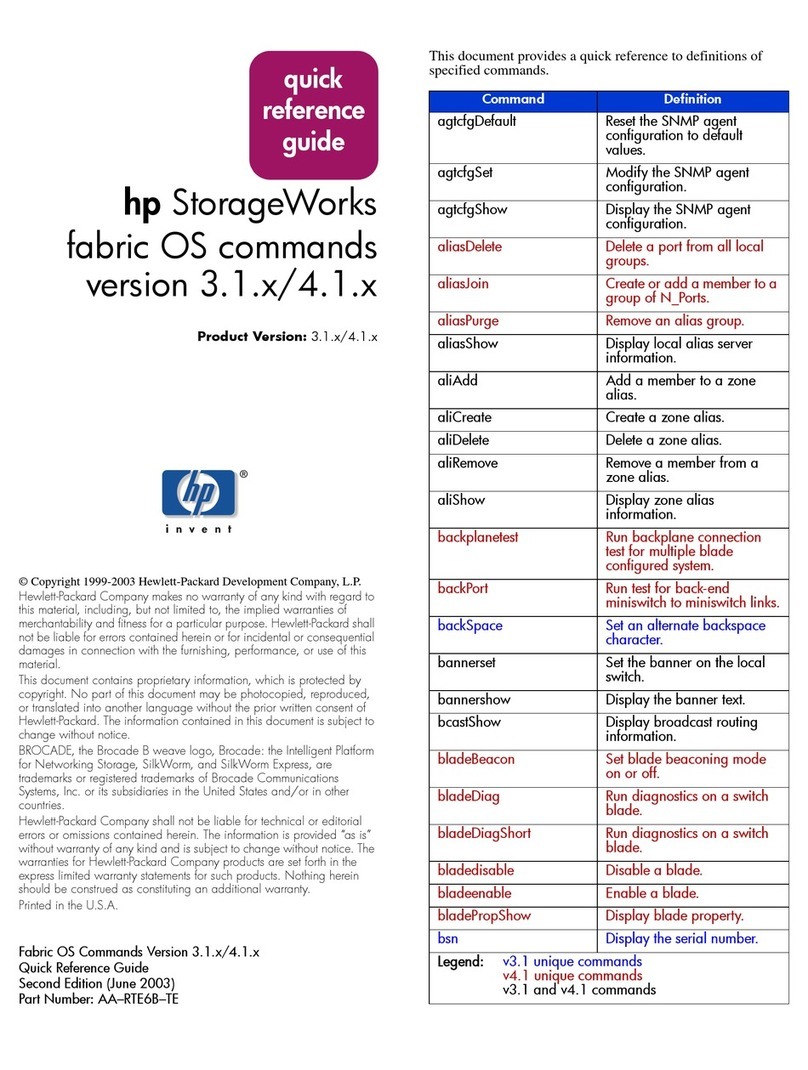
HP
HP StorageWorks MSA 2/8 - SAN Switch User manual

HP
HP SN6000B Instruction Manual
Popular Software manuals by other brands

Red Hat
Red Hat ENTERPRISE LINUX 4 - FOR X86-ITANIUM AND... installation guide
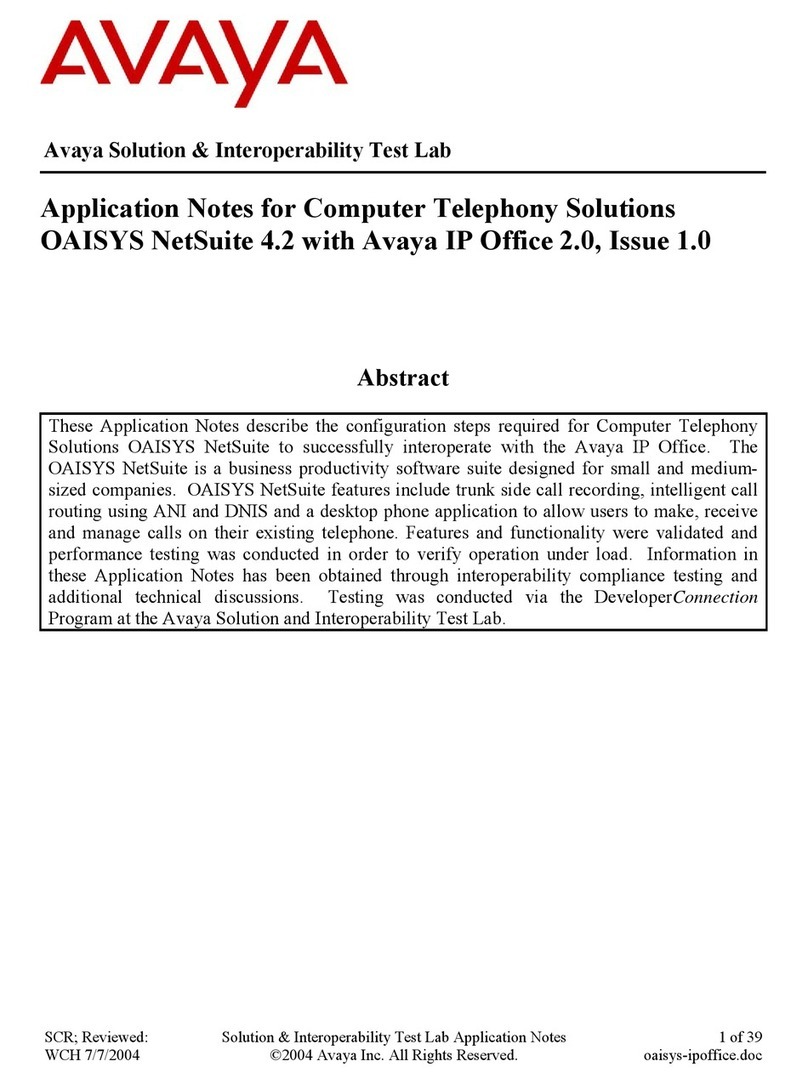
Avaya
Avaya OAISYS NetSuite 4.2 Application notes
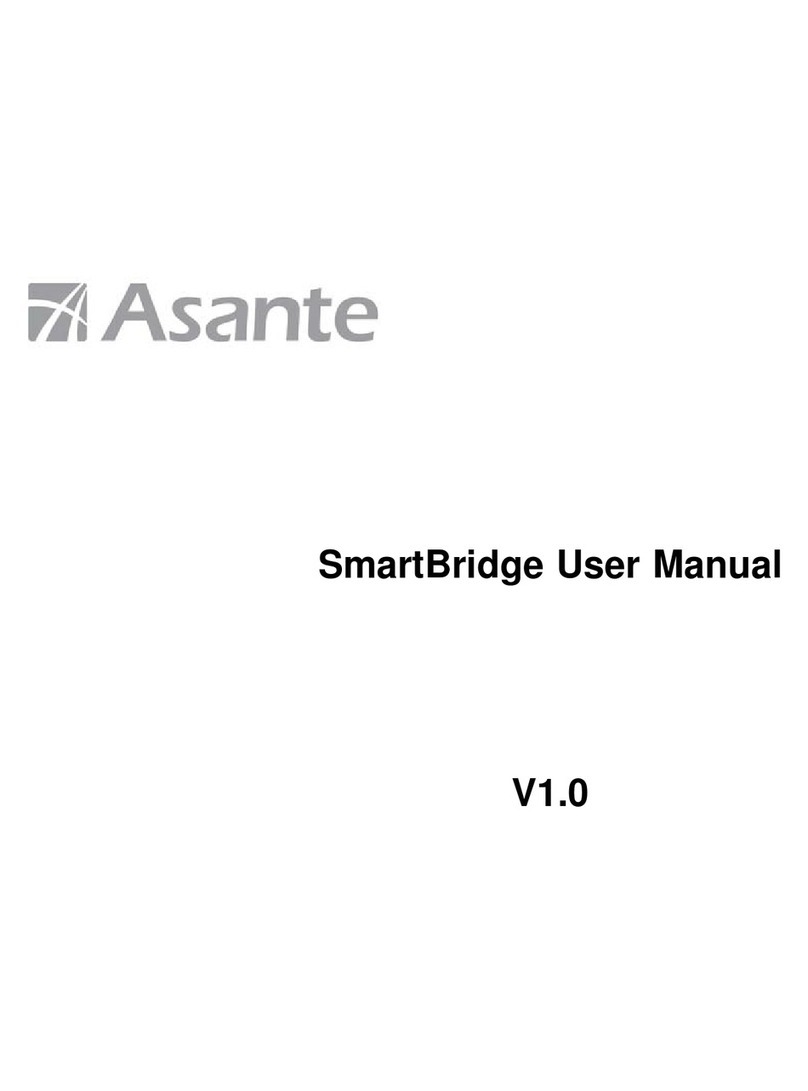
Asante
Asante SmartBridge V1.0 user manual
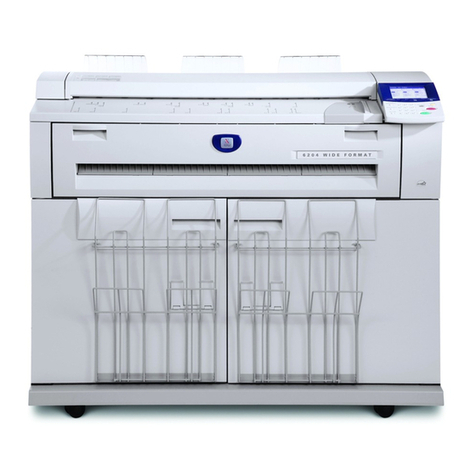
Xerox
Xerox Wide Format 6204 installation guide
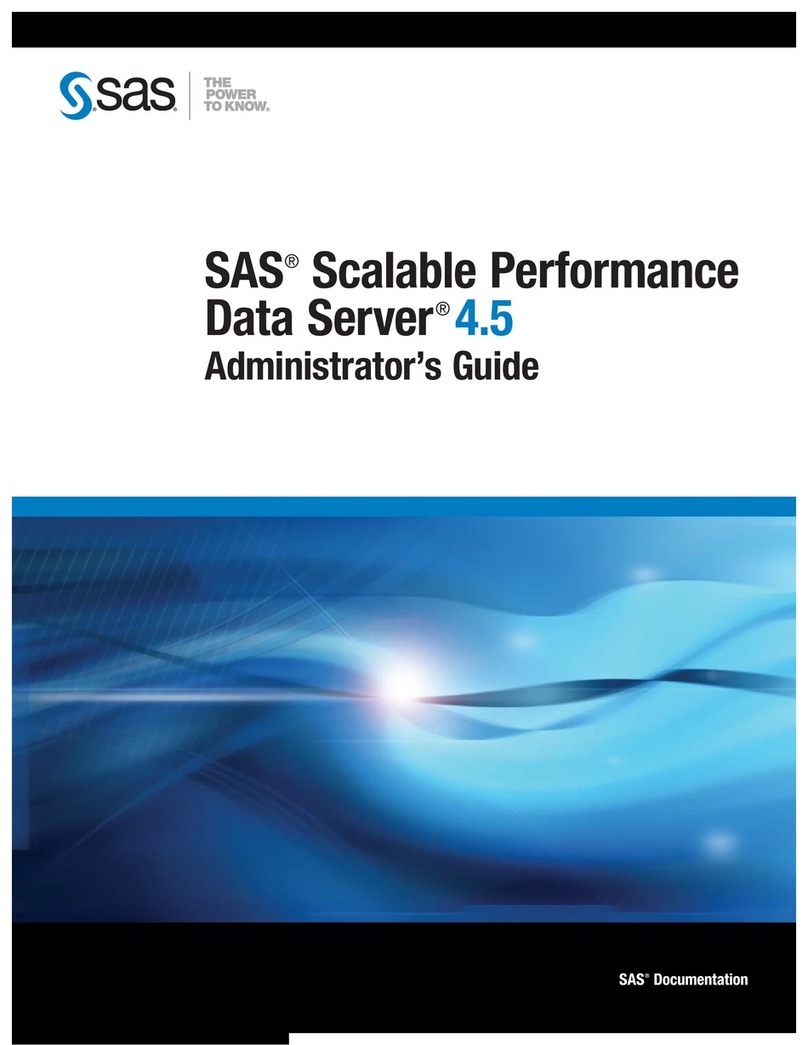
SAS
SAS Scalable Performance Data Server 4.5 Administrator's guide
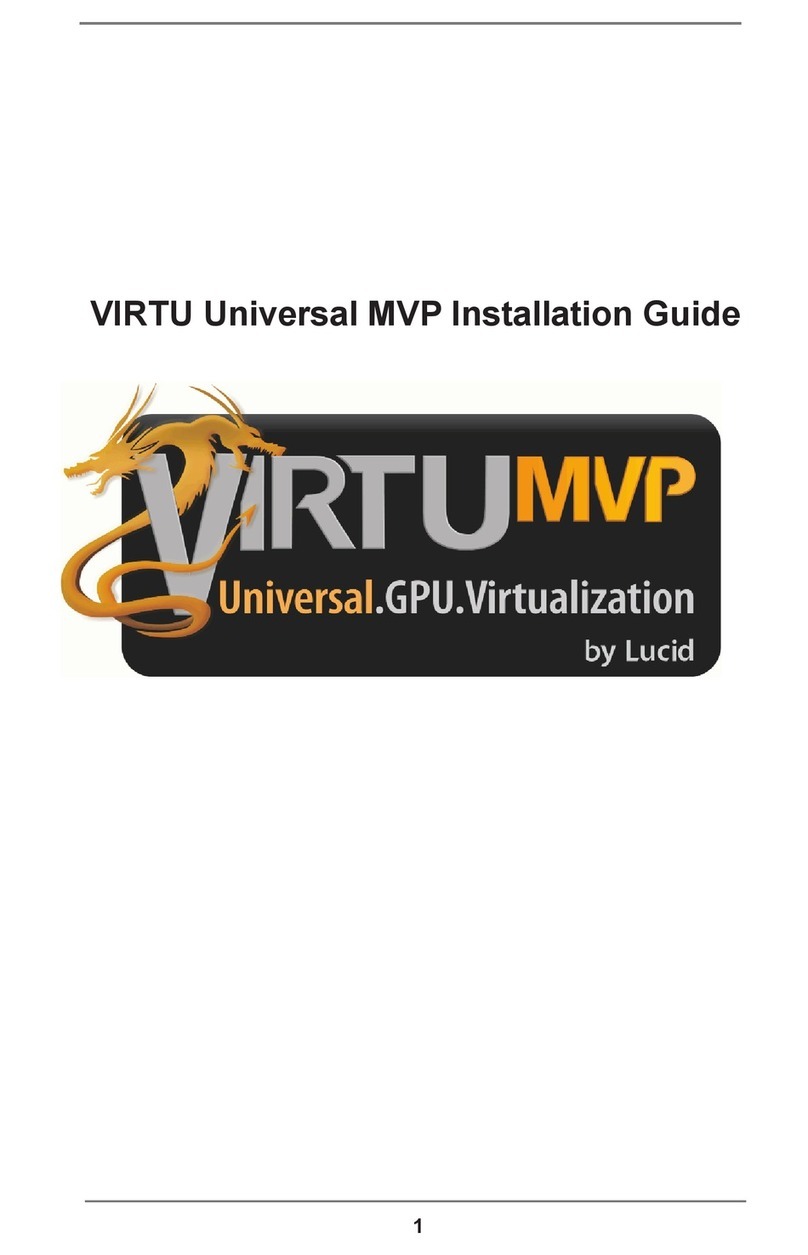
Lucid
Lucid FM2A85X Extreme6 installation guide
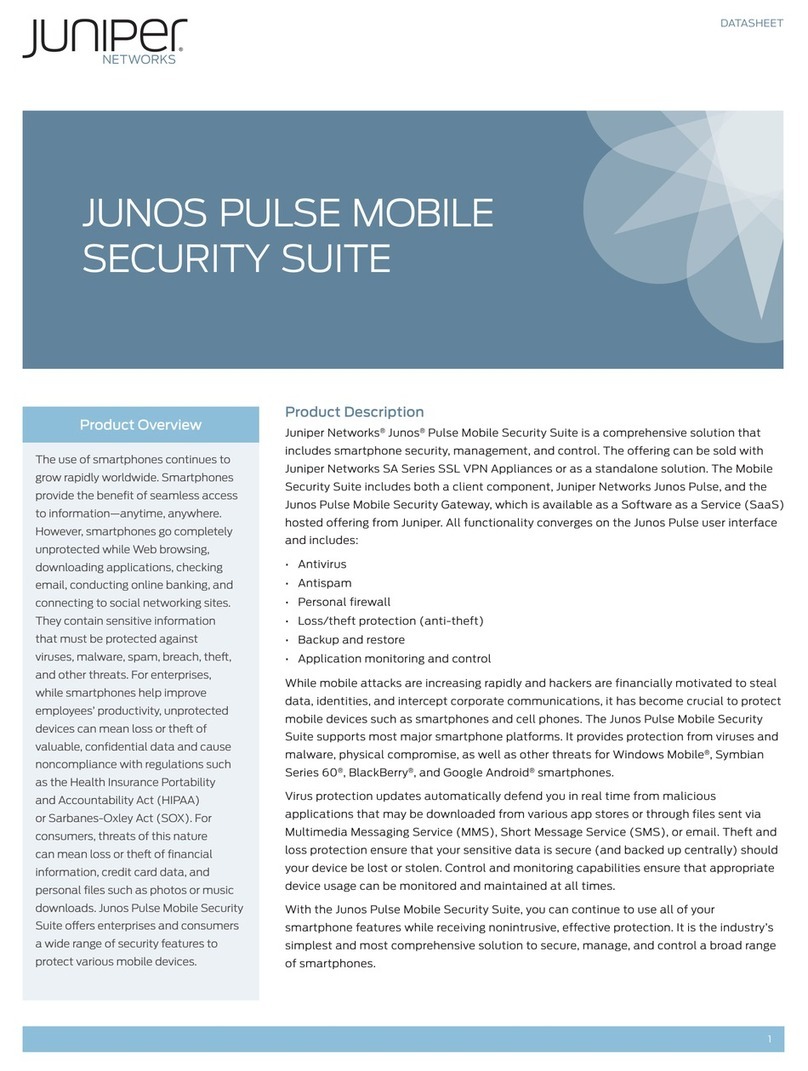
Juniper
Juniper JUNOS PUS MOBILE SECURITY SUITE datasheet
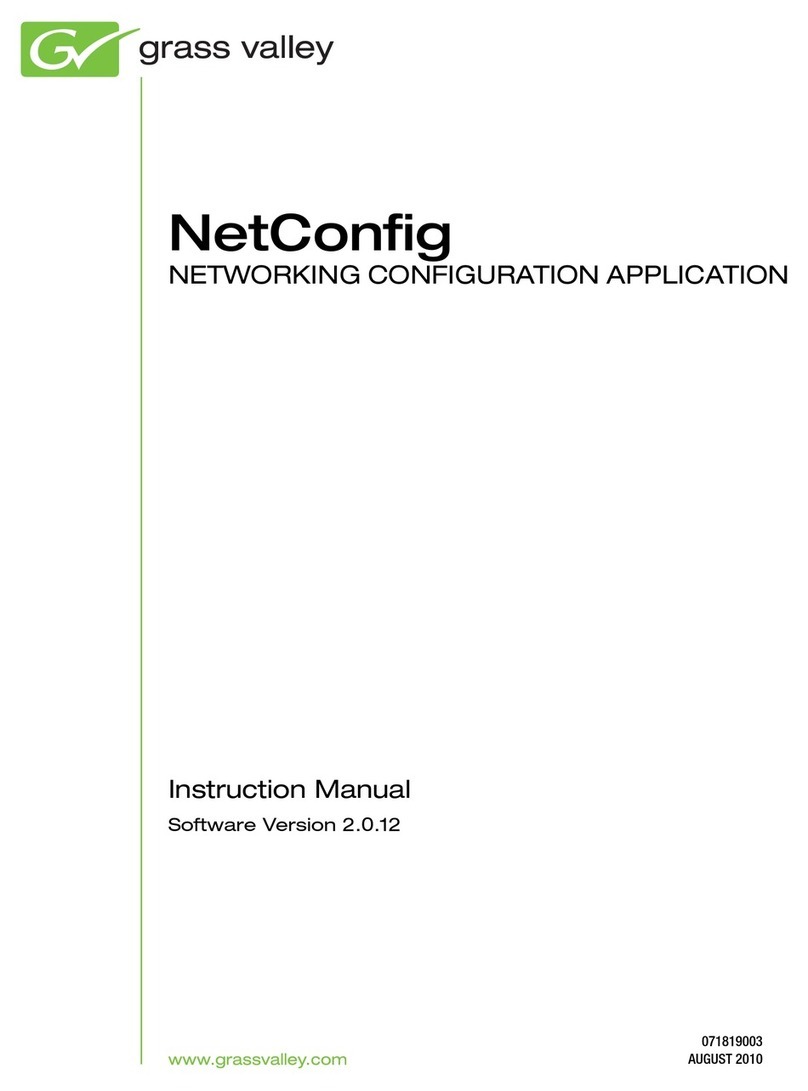
GRASS VALLEY
GRASS VALLEY NETCONFIG V2.0.12 instruction manual
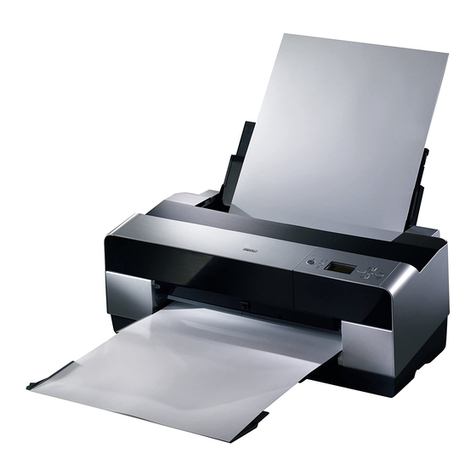
Epson
Epson Stylus Pro 9880 ColorBurst Edition - Stylus Pro 9880... Getting started
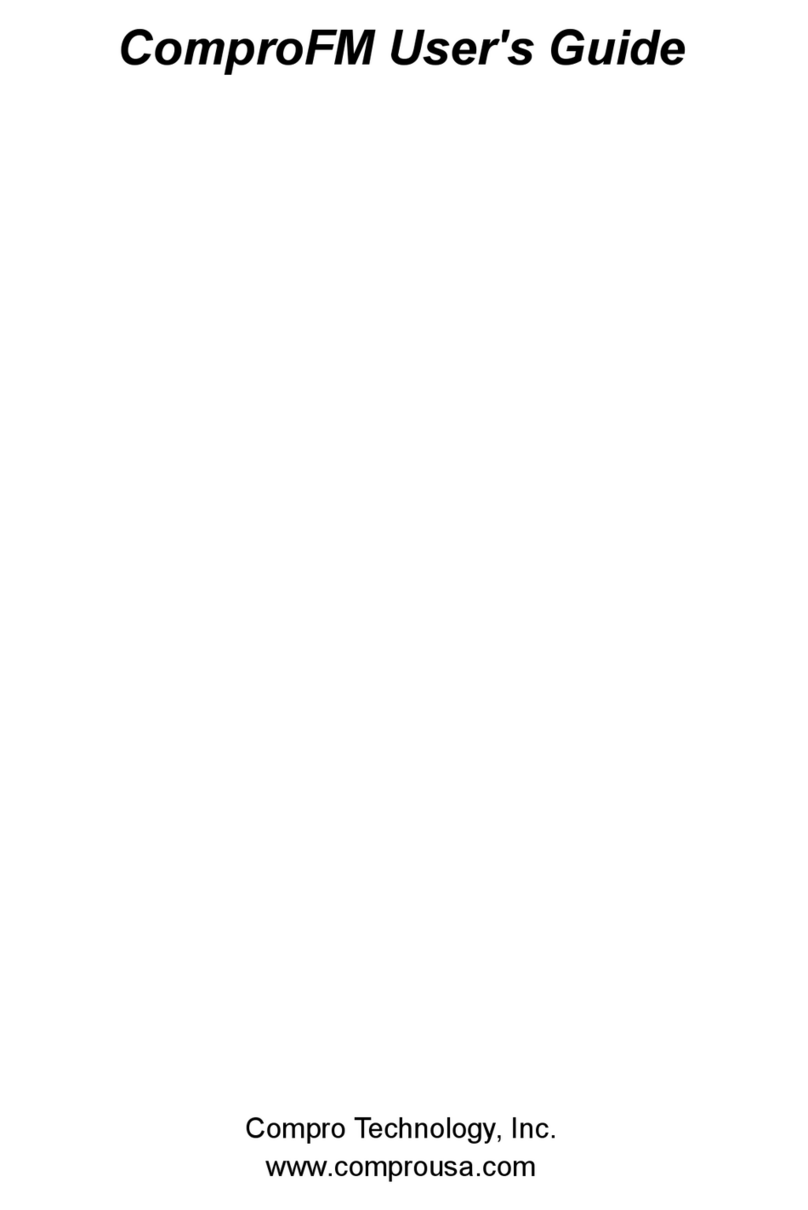
COMPRO
COMPRO COMPROFM manual
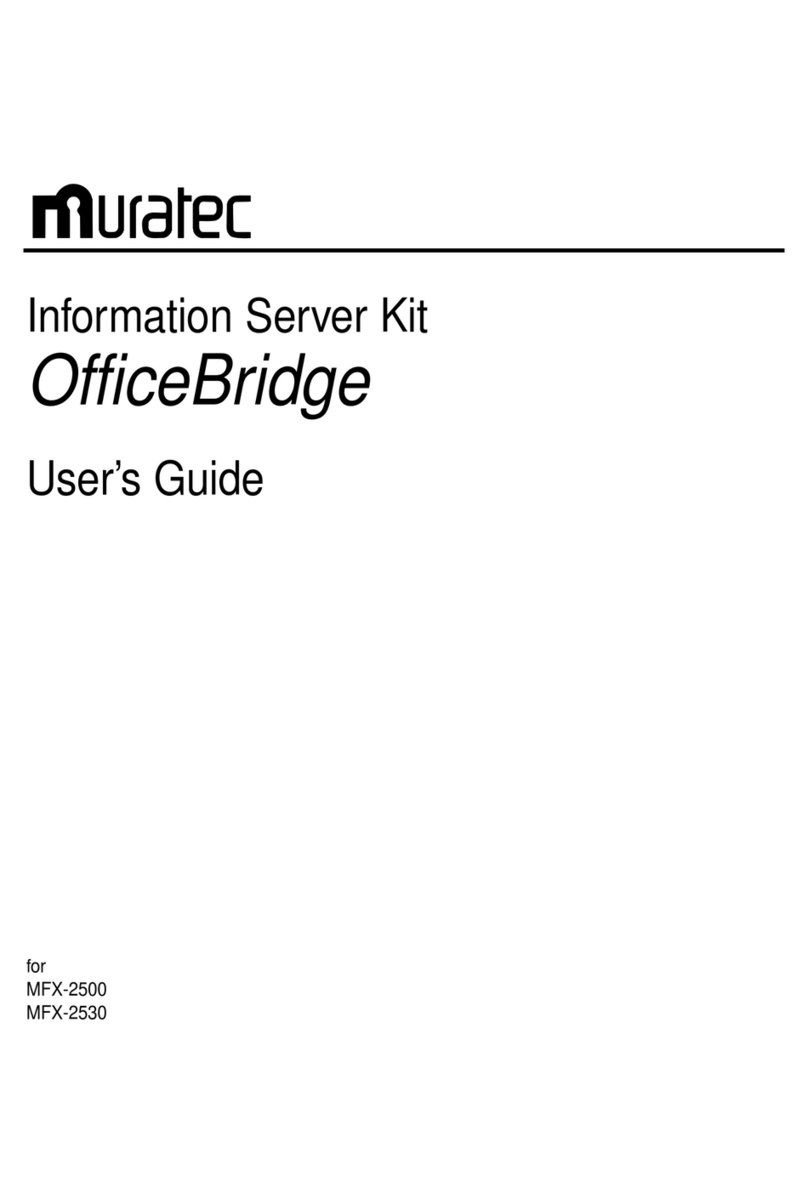
Muratec
Muratec OFFICEBRIDGE ONLINE user guide
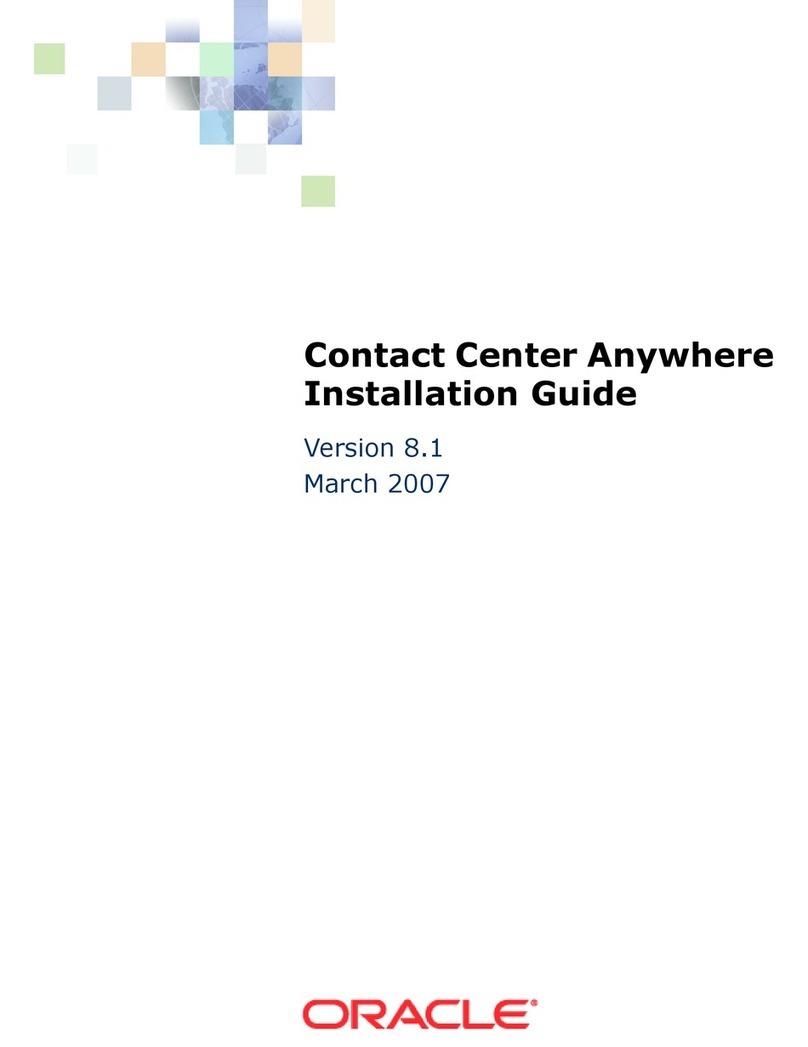
Oracle
Oracle Contact Center Anywhere 8.1 installation guide
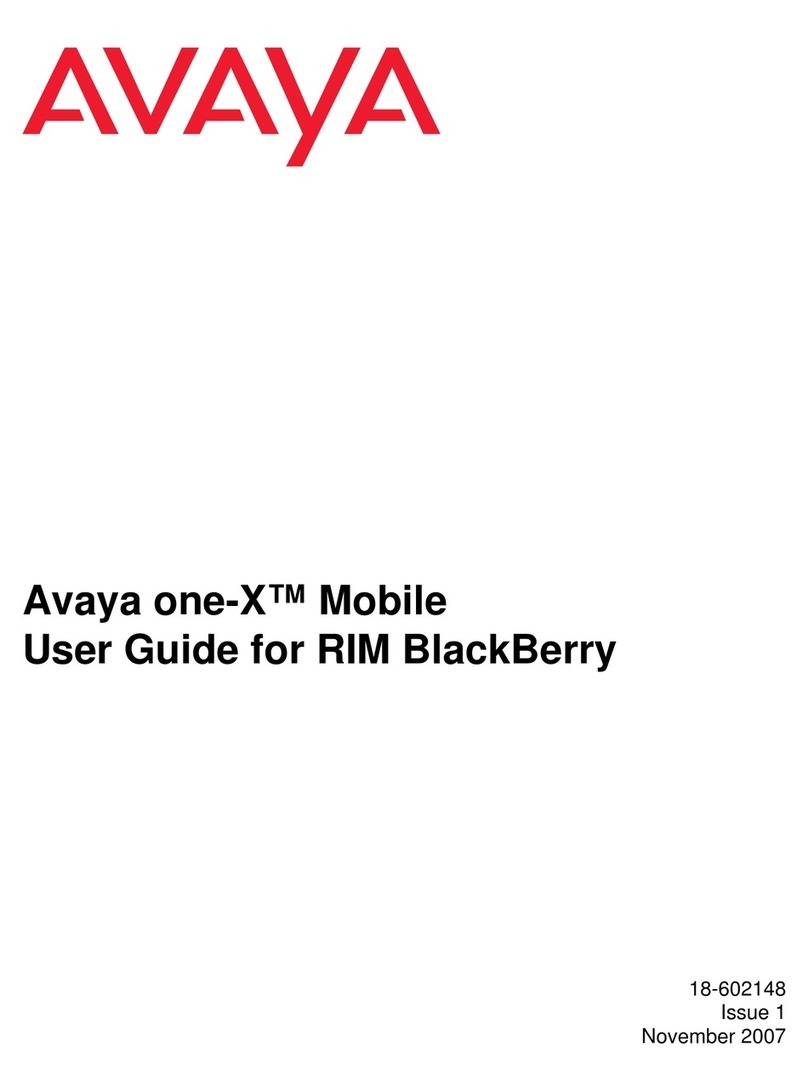
Avaya
Avaya NULL One-X for RIM Blackberry user guide

PS Audio
PS Audio PowerPlay Programming manual
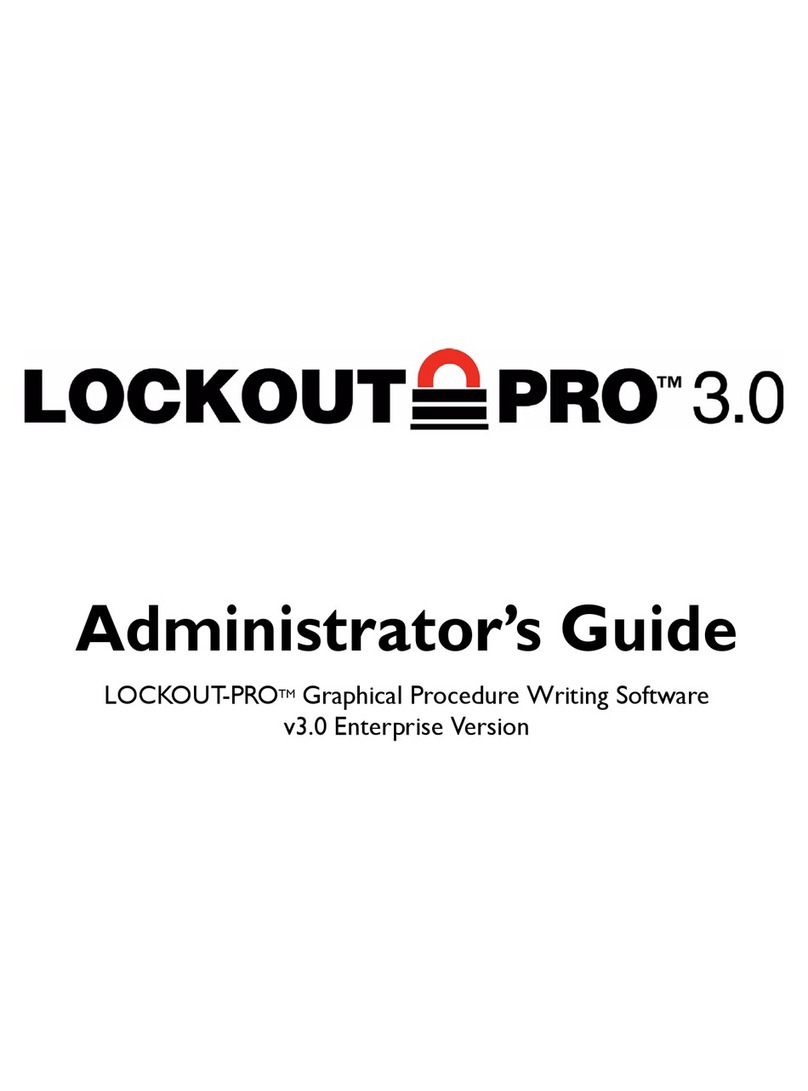
Brady
Brady LOCKOUT PRO 3.0 Administrator's guide
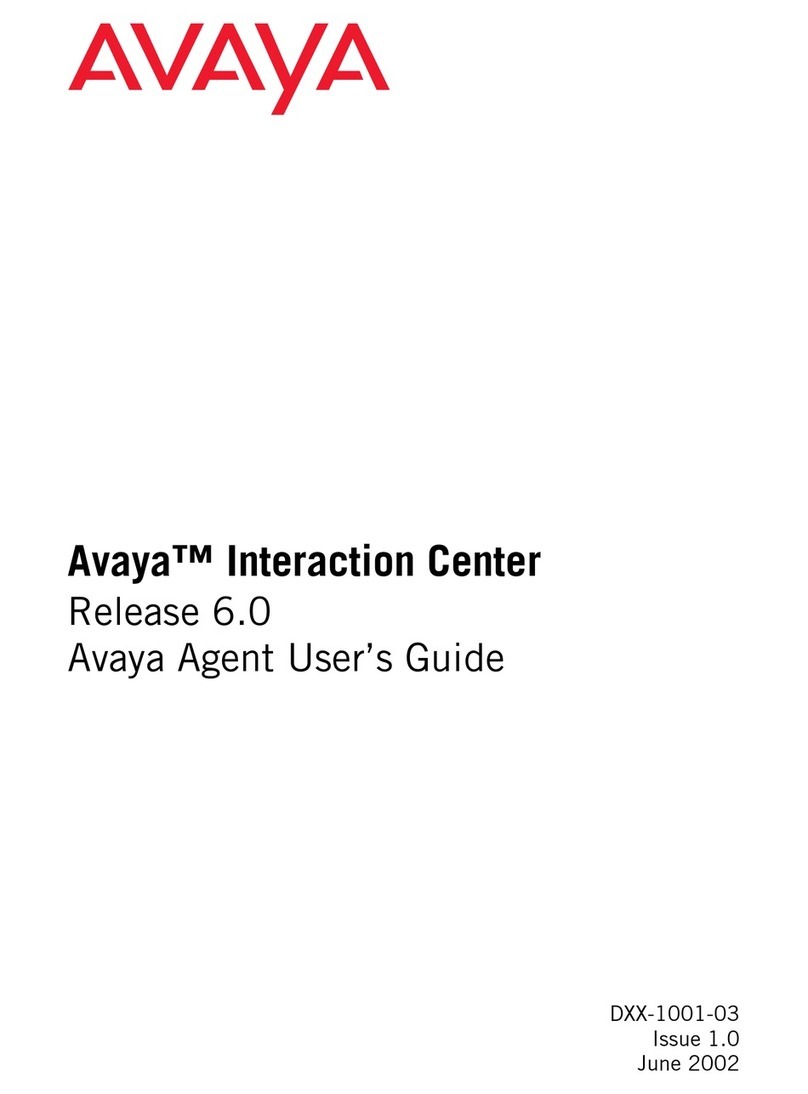
Avaya
Avaya Interaction Center user guide

Texas Instruments
Texas Instruments TI-83 Plus Silver Edition Guide book

Novell
Novell GROUPWISE 8 - INTERNET AGENT manual
